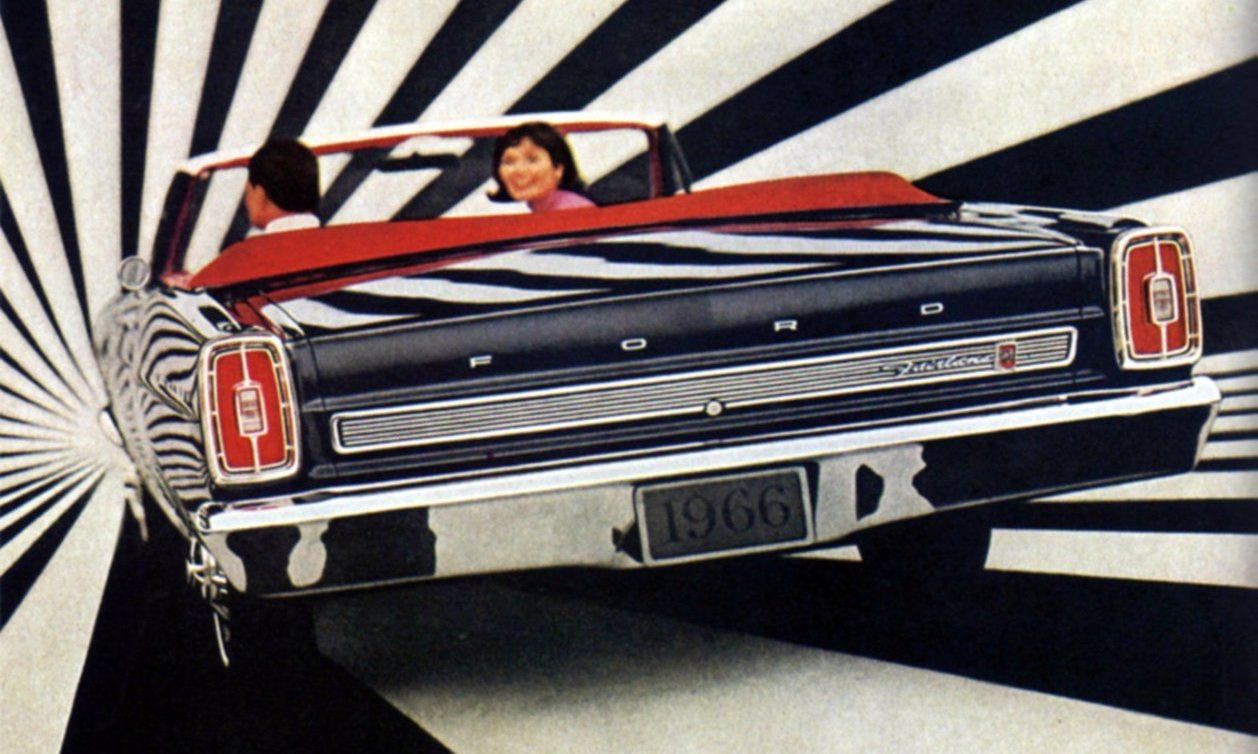

Diamonds, golf, napkins, fast-casual dining, football, mayonnaise, department stores–the list of consumer goods and services that millennials have been “killing” since we reached adulthood is a long and varied one. Our spending habits are inherently meme-able–after years of these headlines, surely any invocation of “millennials are killing X” these days is a bit tongue-in-cheek–but they also map out the consumer economic shape of the coming decades, the lives we’ll live once American cheese finally hits the dust.
A world without golf and diamonds”¦seems fine to me (apologies if you love your jewel-encrusted 9-iron), but millennial relationships with the biggest consumer goods–especially cars and houses–is something I watch with a bit more seriousness. After all, my peers and I entered a workforce on the precipice of a housing market-fueled collapse. (With impeccable timing, I moved to New York City the weekend that Lehman Brothers went under.) Our professional lives have been tethered to the movement of big commercial goods that many of us couldn’t fathom ever owning. A house with two cars in the driveway? In this economy?
Living in the U.K. in the past decade, I was struck by the way home ownership–imagine the phrase “THE PROPERTY LADDER” in flashing neon at every turn–hangs over British millennials in a way that it doesn’t amongst my American friends and colleagues. Even beyond the anecdotal, the British press fixates on millennial home ownership in a way that has no transatlantic equivalent. Back in the U.S., most of my friends live in cities, large and small, coastal and inland; some rent and some own, but as a point of anxiety, it’s far eclipsed by the twin American horrors of, “How can I afford health insurance with a deductible low enough that I can actually go to the doctor when I’m sick?” and, “Maybe I’ll pay off my student loans by 2045?”
American millennials aren’t buying property either, at least not at the rate of previous generations. The reasons are similar–it’s less about opting-out, and more about a lack of access and resources (tight credit and massive debt aside, our interest in urban living means grappling with housing shortages in cities across the country). But there’s a psychological component, too; we’re living in the shadow of the 2000s, and it’s easy to sense a sort of once-bitten-twice-shy attitude towards home ownership, more than a decade after so many were saddled with mortgages that were far higher than the plummeting value of their houses.
Cars, however, are a different story. In the U.S., we’ve spent the past decade hearing about how ungrateful millennials don’t want to support the car industry that our government so thoughtfully bailed out for us in 2008–with our tax dollars, thank you! But it’s not just about not buying cars–increasingly, we aren’t driving at all. Many pixels have been spilled over declining rates of driver’s licenses, a trend that’s been building my entire life (the generation behind us–the actual teens the media seems to think millennials are–is only bumping the percentage of unlicensed adults upwards). In terms of actual sales, though, American millennials have finally caught up to our generational forebears–about 80 percent own cars, and 75 percent of those who don’t currently are planning to own one in the future.
But don’t worry, we’re still ungrateful; just because millennials are buying cars doesn’t mean we’re enjoying it! Despite our preferences for tightly-packed urban spaces, American millennials do drive, especially those who live in spread-out areas that were designed around necessary car ownership. But a lot of us only grudgingly get behind the wheel: we report displeasure with driving at notably higher rates than Gen Xers, and higher still than Baby Boomers, the generation raised on peak American car veneration in the postwar decades.
We also have far more access to cars without actually owning one, from short-term rental services like Zipcar to the artificially low prices of shared rides with Uber and Lyft. An expansion of non-car transit options helps, too: you can bike-share to the party and take a Lyft home, handily avoiding the headache of parking or worrying about a designated driver. All of this is of course predicated on the fact that the roads are there, and that so many American places are built around cars; these workarounds let us live lives we prefer with the structures we’ve got.
If previous generations were given this many choices–and were faced with a driverless-car future in the coming decades–would cars, that romantic idea of hitting the open road in a sleek ride, play such an outsized role in the past 75 years of American culture? It’s a bit chicken-and-egg at this point, but attitudes around cars, rather than our ability to buy them, remain an enduring source of intergenerational confusion–and an impediment to restructuring the system. Take, for example, the Twitter-ratio of the week, from a thread about the progressive Green New Deal by Washington Post columnist Megan McArdle, a libertarian Gen Xer:
Many of the replies cite how miserable commuting by car is, whether you hate being stuck in traffic or whether you want to take that time to read, play games, or watch something on your phone. (Somehow this left many New Yorkers defending our miserably broken subway system, but it’s the principle of the thing.) And sure, this is libertarian political commentary, I get it; it must be hell sharing a train carriage with 30 other people when your worldview rests on a commitment to individual space.

But I’m baffled by the assumption that all Americans feel this way about cars; despite all the studies to the contrary, these attitudes persist, and they underpin the infrastructure decisions being made right now that will shape the way we get around in the coming decades. There’s a very limited view of history–and, in turn, a very limited vision of the future–bound up in framing Americans as inherently car-loving, or the United States as a country dominated by the road. It’s easier to see this sort of before-and-after-the-road sense from the building where I live, which literally sits next to an entrance ramp to the Brooklyn-Queens Expressway, one of the postwar highways that Robert Moses designed to deliberately slice poor neighborhoods in half. Life continues here in spite of the road, not because of it.
It’s fitting, living beside one of the legacies of Robert Moses for years now, that I’m in a Facebook group whose URL honors his fiercest opponent: “What would Jane Jacobs do?” “New Urbanist Memes for Transit-Oriented Teens,” which got a great write-up in The Guardian last year, has attracted more than 100,000 members who love making memes about systemic infrastructure change (and celebrating bus drivers). While the anti-car sentiment in the group is strong in and of itself, there is a general disdain for an inability to”¦de-pave the mind, as it were: to imagine a world untethered from the roads that we’ve built and, especially, from the vehicles we’ve built to drive on them.
If the millennial shift away from loving cars shows us anything, it’s that many of us aren’t committed to driving for the sake of the car or the love of the open road–and with every new transit option, we pull a little further away, chipping away at the car’s ubiquity in the process. Some of our strongest progressive voices know this, and understand that “infrastructure week“–what an exciting two-year-long week it’s been!–needs to be about envisioning big structural change as much as repairing individual crumbling roads and bridges (though please, we need that, too). Many of us don’t want cars; let’s create a world where we don’t need them, either.


How We Get To Next was a magazine that explored the future of science, technology, and culture from 2014 to 2019. This article is part of our Going Places section, which looks at the impact of transportation technology on the modern world. Click the logo to read more.
